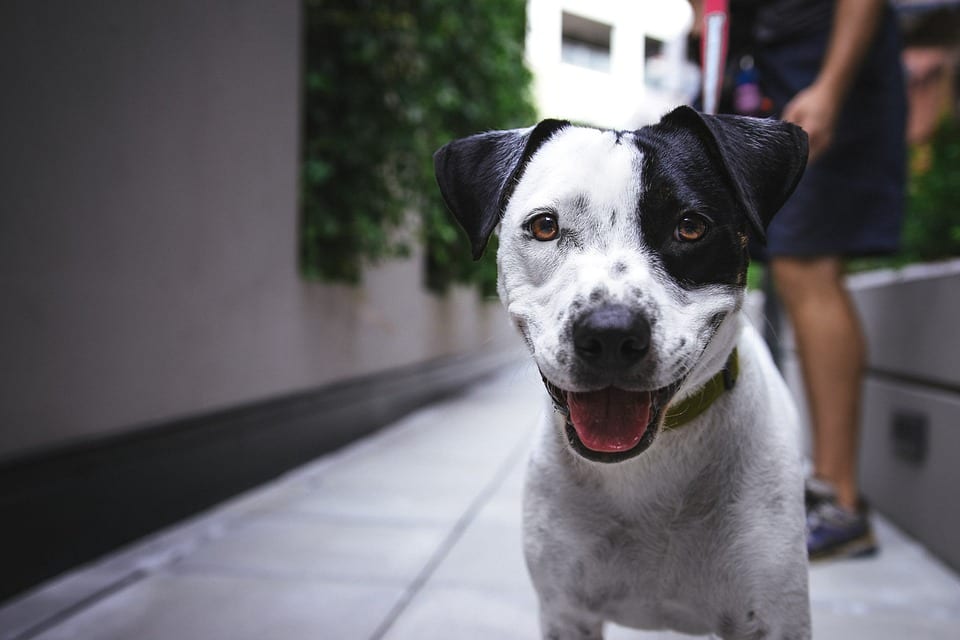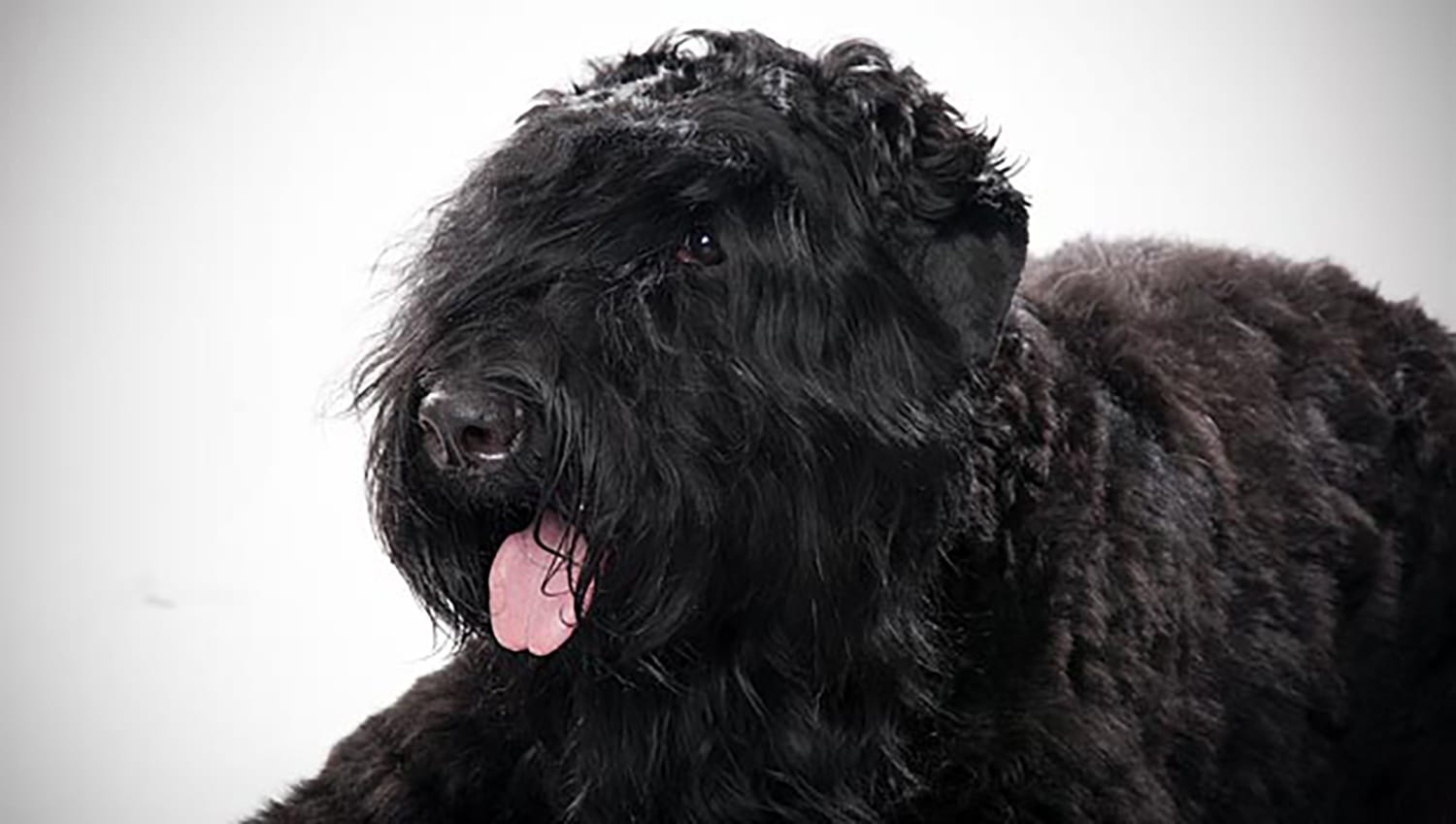 Unless you’ve had your dog since he was a puppy, you probably have only a guesstimate as to how old he actually is. While shelters and animal rescues will try to give you an idea of your dog’s age, this can be difficult to determine, even for veterinarians. Yet, knowing your dog’s age is important so you can be on the lookout for age-related health issues.
Unless you’ve had your dog since he was a puppy, you probably have only a guesstimate as to how old he actually is. While shelters and animal rescues will try to give you an idea of your dog’s age, this can be difficult to determine, even for veterinarians. Yet, knowing your dog’s age is important so you can be on the lookout for age-related health issues.
It’s easiest to determine a dog’s age when he’s a puppy, not only because his size, puppy-like behavior and appearance will often give his age away, but also because his teeth can be used as an age indicator. Puppies’ baby teeth, known as deciduous or milk teeth, generally emerge between 3 and 6 weeks of age.
They then fall out and are replaced by adult teeth — a process that’s generally complete at around 6 months, about when the dog enters his adolescent period. It’s at this point and the years that follow where gauging an accurate age for your dog can be tricky, but there are some clues to look out for.
Generally speaking, a dog is considered to be a senior when they reach 7 to 9 years of age. However, giant breed dogs, such as great Danes, age faster, reaching their golden years by age 5 or 6, whereas small dogs, such as Chihuahuas may live longer and aren’t considered to be elderly until 10 or 11 years.
These clues may reveal your dog’s age
• Teeth — Once the adult teeth are in, older dogs generally have more tartar, gum disease and general wear than younger dogs. Older dogs may have darker, thicker tartar buildup or even cracked or loose teeth. That being said, it’s not uncommon for young dogs to have problem teeth as well. In fact, it’s often said that up to 80% of dogs have periodontal disease by age 3.
Dr. Heather Loenser, veterinary adviser for the American Animal Hospital Association (AAHA), told PetMD, “Well-cared for teeth in a 15-year-old dog could look healthier than a 5-year-old dog who’s been allowed to chew on hard toys.” In some cases, wear may be a better age indicator than tartar buildup alone.
According to Michelson Found Animals Foundation:
“At about 1 year of age, a dog will have ridges or bumps along the tops of their [four] front incisors, top and bottom jaw. Front incisors are the teeth that your dog uses for that nibbling type of grooming. As he ages, the bumps will wear down. At 3 to 4 years of age, the ridges should be halfway worn away and at about 7 years of age, the tops of these incisors should be completely smooth.”
• Graying fur — A dog with a grey muzzle, chest, face and paws is probably a mature adult or senior dog. However, graying fur is just one piece of the puzzle, as some young dogs can develop grey fur prematurely.
There’s evidence, for instance, that dogs with anxiety and impulsivity behaviors, such as fear of noise, unfamiliar animals and people, may be more likely to have premature graying. So grey fur alone is not a guarantee that your dog is older, but it can be used in conjunction with the other clues (specifically eye changes) to make an educated guess.
• Eyes — Nuclear sclerosis, which is also called lenticular sclerosis, is a condition that causes the pupils of the eyes to take on a cloudy bluish-gray appearance. It’s considered a normal change to the lens of the eye in middle aged and older animals. In younger animals, the lens of the eye is clear because it’s composed of tissue fibers that are perfectly organized. As a pet grows older, more fibers are deposited to the outer rings of the lens.
Since the lens resides inside a capsule and can’t expand to accommodate the additional fibers, the new fibers push the older fibers close together and toward the center of the lens. This compression causes the lens to harden and cloud over. In most cases, a dog with nuclear sclerosis will be over the age of 6 years.
• Body condition — It’s unfortunate, but younger dogs tend to be leaner, have better muscle tone and are often times fitter than dogs several years their senior. This isn’t necessarily a function of age, as dogs that are eating a fresh, species-appropriate diet and getting vigorous exercise daily can stay fit and trim — but the vast majority of dogs eating processed food their whole lives tend to lose muscle and gain fat over time, and their body condition may deteriorate as they get older.
Compared to younger dogs, older dogs are more likely to suffer from health conditions like joint stiffness or arthritis. They’re also more likely to have fatty lumps on their body, known as lipomas.
• Behavior — Young dogs tend to be more energetic and active than older dogs, whose activity levels typically decline. Older dogs may display mobility problems, such as difficulty climbing stairs, and they may sleep more than younger dogs. Cognitive decline, which may lead to strange behaviors like standing in corners, facing walls or aimless wandering, could also be involved in an older dog’s behavioral changes.
Finally, when evaluating your dog’s age, remember to factor in how long you’ve had your dog. If your furry friend has been taking up residence in your heart and home for five years, and he wasn’t a puppy when you got him, you know he’s at least 6 years or older.
Even with all of these physical clues, it can be difficult to determine exactly how old a dog is, especially during the early and mid-adult years. Your best bet is to keep a close eye on your dog’s physical and behavioral health no matter what you perceive his age to be, and talk to your veterinarian if you start to see changes in either.






